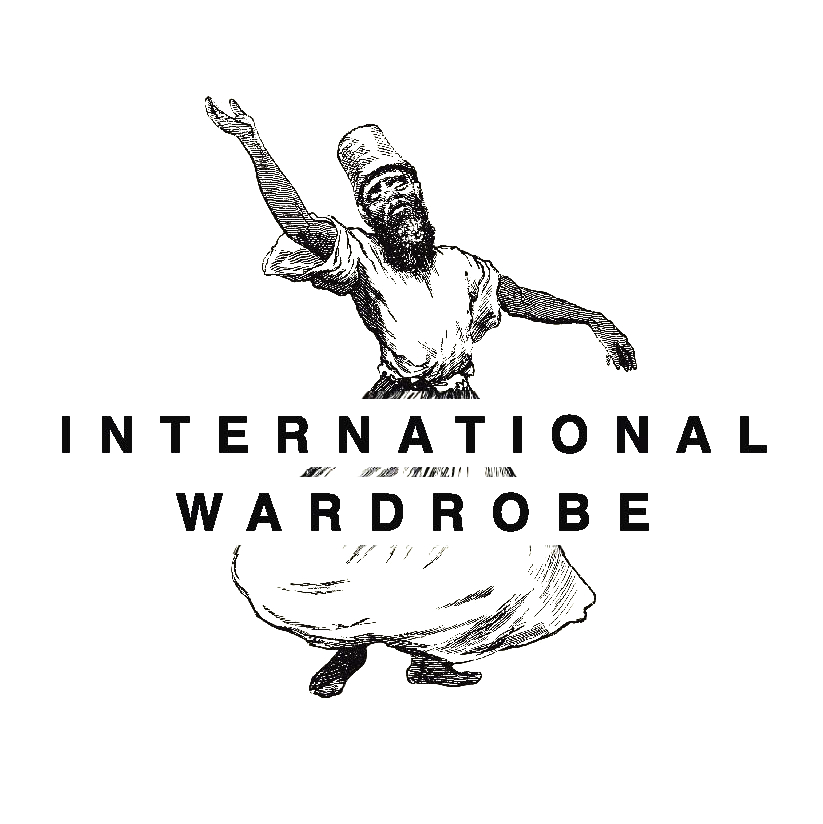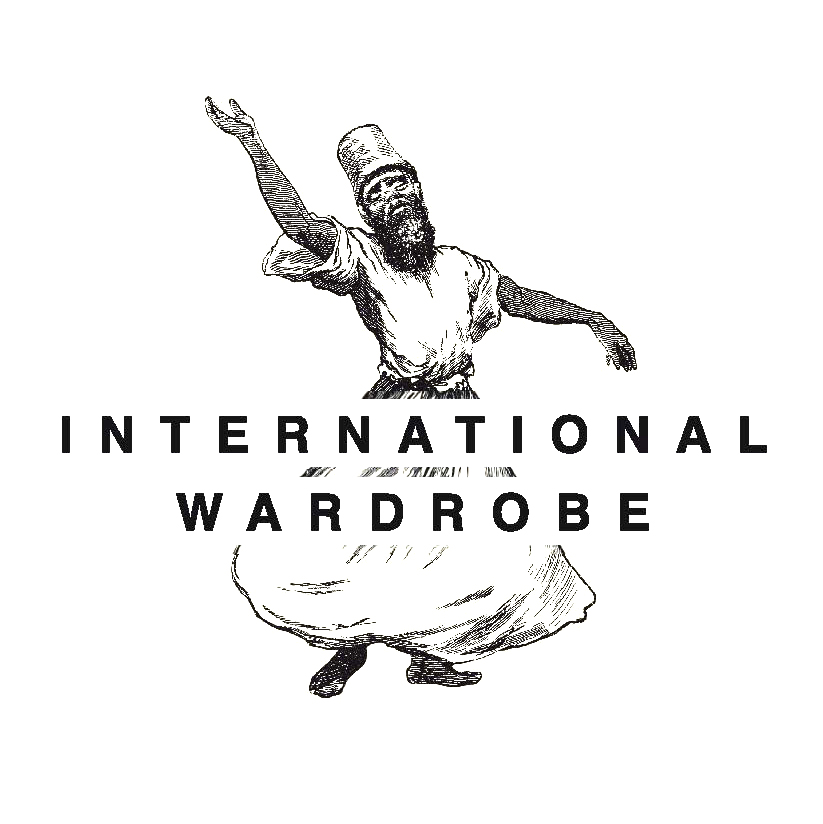The chapan, a type of overcoat also known as khalat or don, was worn throughout the whole of Central Asia by men and women alike. Few divergent stylistic elements indicated whether the garment was intended to be worn by a man or a woman: frequently, the women’s coats had tucks gathered along the armpit, had no collar and were not belted, as is usual for the men’s chapans. Today, sadly, chapans are only worn by elderly gentlefolk.
Chapans are the ideal outerwear for this region, which can be brutally hot in winter and glacial in winter, with hardly any rainfall. In winter it was customary to wear quilted coats filled with cotton, whereas summer chapans were only lightly padded – if at all. All chapans are edged with a woven trim known as sheroza, zeh or jiyak: not only does it beautify the garment, but it is also highly useful as it protects the wearer from evil spirits. There may be no scientific proof of this, but let anybody try to prove it isn’t so.
The many textiles used to line chapans are also there to ward off ghosts, the idea being that the multitude of patterns and fabrics will befuddle any evil spirits and make it harder for them to ferret out the wearer. Well, at least, that’s the textile credo behind it.
What’s more, in Central Asia it is commonly held that all textiles and patterns can be matched with each other; an intriguing aesthetical approach that never ceases to amaze the European-trained eye.
There are two reasons for the over-long sleeves. First, they were an excellent protection against the cold, serving as integrated gloves. Second, they respected the Central Asian custom to keep one’s arms covered as a matter of politeness.
Moreover, the custom of giving chapans to special guests, as wedding gifts and on other special occasions, will not only have delighted the tradesmen at Central Asian bazaars. The more expensive and elaborately embroidered the coat, the greater the honour shown to the recipient.
Chapans naturally come in a variety of colours and designs, such as the bekasab or alacha, which is fashioned from handwoven, multi-coloured bands, of which the fabric used for Bekasab has a silk warp and cotton weft. Shohis, on the other hand, are one solid colour and made entirely of silk. The padding in khwarezm (coats) from the region of the same name surrounding Chiva is very dense and applied in straight, symmetrical lines. This type of chapan is also made with striped silk satin, luxurious silk velvet or simple floral prints and, occasionally, ikat, either hand- or machine-made, as was customary during the Soviet era. Until 1900, the Central Asian style of dress didn’t really change much; it was the fabrics, patterns and quality that changed with the times.
Of course, additional garments were worn beneath the chapan, such as skirts and loose shirts and very wide trousers. The kurta, a key item worn by women, has wide sleeves that protrude considerably from underneath the chapan. This style of undergarment varied strongly from region to region, between nomads and city dwellers.
While the aristocracy, such as the emir of Bukhara, favoured coats made of expensive Bakhmal silk velvet or silk brocade embroidered with gold thread, individuals a class beneath him were satisfied with imported textiles (e.g. from England). In these classes, coats were also made of adras silk cotton, or shasi, and the wearer’s social status was indicated by the number of coats worn over each other. Summer coats were light and made with valuable ikat fabrics, winter coats were padded with cotton. Unlike today, they weren’t worried about looking fat.

